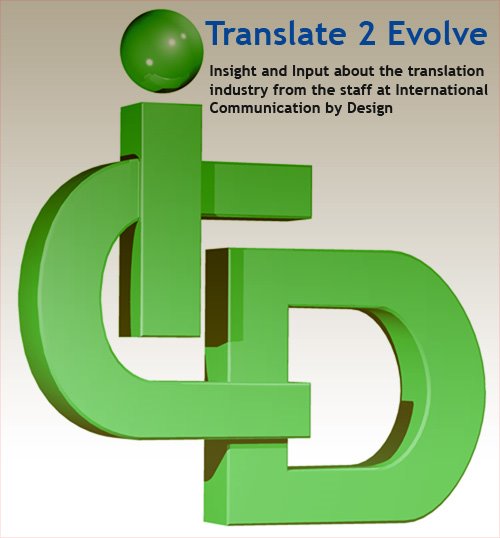
Facebook introduced non-English languages for the first time in January 2008. Now about 70 percent of Facebook's 300 million users are outside of the United States. Many bloggers and tech writers think Facebook's method of human translation seems promising as it combines real people behind the scenes as opposed to machine translation.
Basically, users suggest translated phrases and vote on translations that others have submitted. These crowd-sourced edits, which work sort of like Wikipedia make Facebook's translation service smarter over time. Go to Facebook's translation page to check it out or to participate.
More than 65 languages function on Facebook now, according to Facebook's statistics. At least another 30 languages are in the works, meaning Facebook needs help working out the kinks on those languages before they're put to use.
What's new? Facebook announced in a blog post on September 30 that the social network has made its crowd-sourced translation technology available to other sites on the Web. The update allows sites to install a translation gadget on their sites through Facebook Connect, a service that lets Facebook users sign in on other Web pages.
Facebook also added some new languages, including Latin and "Pirate," which translates the Facebooky word "share" as "blabber t'yer mates!"
People are good at knowing idioms and slang, so Facebook tends to get these right, but there are limited numbers of multi-lingual volunteers who want to spend time helping Facebook translate things. Also, Facebook's site is available in many languages, but its human translators don't touch wall posts, photo comments and other user-submitted items, which is a big con if you want to have friends who don't share a common language with you.
Source: CNN.com


